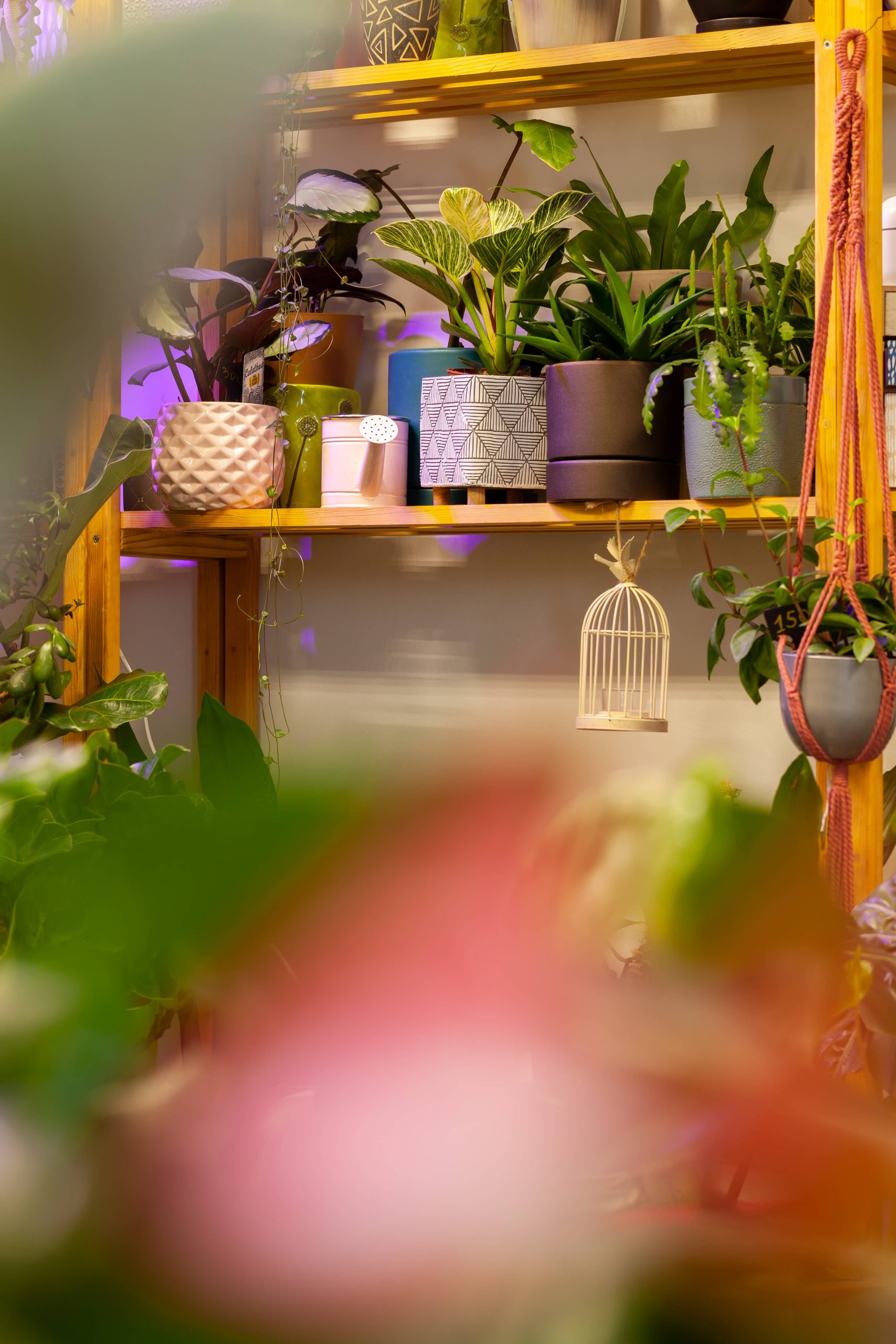
Indoor gardening is a passion shared by many who wish to bring the beauty and tranquility of nature into their homes. While nurturing houseplants offers numerous benefits, such as improved air quality and reduced stress, it also presents unique challenges—one of the most critical being the provision of adequate lighting. Proper lighting is the lifeblood of indoor gardening; therefore, understanding how to effectively provide it is essential for success. Let’s delve into some practical lighting tips that will ensure your indoor plants not only survive, but thrive.
Understanding Plant Light Requirements
Before diving into lighting solutions, it’s imperative to recognize the varying light requirements of different plant species. Light intensity, duration, and quality all play crucial roles in a plant’s life cycle. Most houseplants fall into three categories:
1. Low Light Plants: Plants like snake plants, pothos, and peace lilies thrive in low light and are ideal for rooms with minimal natural sunlight.
2. Medium Light Plants: These include the rubber plant and Boston fern, which prefer bright but indirect sunlight.
3. High Light Plants: Succulents and cacti, for instance, need plenty of direct sunlight to flourish.
Assess the natural lighting in your space before deciding which plants to cultivate. This assessment will guide you whether supplementation is necessary.
Embracing Natural Light
Maximizing the natural light available in your home is the most energy-efficient and beneficial way to satisfy your plants’ needs. Here are some strategies:
– South-Facing Windows: These provide the greatest amount of light throughout the day. High light plants can thrive on a south-facing windowsill.
– East and West-Facing Windows: Morning sunlight from the east and afternoon sunshine from the west are gentler and ideal for medium light plants.
– North-Facing Windows: Offering the least light, these windows are suitable for low light plants but may require supplemental lighting during fall and winter months.
– Window Sheers and Reflectors: To diffuse light and moderate temperature, use sheer curtains. Reflective surfaces like mirrors and white walls can help bounce light around your space, increasing the light available to plants.
Artificial Lighting Solutions
For many indoor gardeners, natural light alone is insufficient, especially during shorter days in winter or for those with limited window access. This is where artificial lighting comes into play.
Types of Grow Lights
1. Fluorescent Lights: Affordable and energy-efficient, these are great for low to medium light arrangements. They are perfect for starting seeds or growing leafy greens. T5 bulbs are the most efficient, offering a full spectrum.
2. LED Grow Lights: Though initially more expensive, LEDs use less electricity and have a longer lifespan. They emit very little heat and offer full-spectrum light, mimicking sunlight. LEDs are suitable for all stages of plant growth.
3. High-Intensity Discharge (HID) Lights: Including Metal Halide (MH) and High-Pressure Sodium (HPS) lamps, these are ideal for more advanced indoor gardeners. They offer intense light and are well-suited for large plants or extensive arrays.
4. Incandescent Bulbs: These are generally not recommended for indoor gardening; they are inefficient, produce too much heat, and can create an unsuitable growing environment.
Positioning and Usage
– Distance From Plants: The distance from light to plant depends on light type and plant species. LEDs and fluorescent lights should generally be placed closer (6-12 inches), while HIDs need to be kept further away (2-4 feet).
– Duration of Light Exposure: Aim to provide around 12-16 hours of light per day for most plants. Use timers to maintain a consistent lighting schedule and mimic natural daylight cycles.
– Rotating Plants: Ensure even light distribution by rotating plants every few weeks. This prevents uneven growth and keeps your plants healthy.
Adjusting for Seasonal Changes
Indoor gardens are still impacted by seasonal shifts, requiring adjustments to light exposure. During shorter days, supplement with grow lights to maintain consistent growth. As days lengthen, slowly reduce artificial lighting to acclimate plants naturally.
Observing Your Plants’ Response
Plants communicate their lighting needs through their growth patterns:
– Signs of Insufficient Light: Yellowing leaves, legginess, and slow growth are common indicators. Increase exposure or supplement with artificial lights if needed.
– Signs of Excessive Light: Bleached or scorched leaves and crispy edges suggest too much light. Move plants further from light sources or diffuse the intensity.
Final Thoughts
Effective lighting is a cornerstone of successful indoor gardening. By understanding your plants’ specific needs, maximizing natural light, and strategically using artificial lighting, you can create an optimized environment for growth. Not only will your plants flourish, but you’ll also enjoy the vibrant, health-boosting presence they bring to your home.
As you embark on your indoor gardening journey, remember that learning and adapting are part of the process. By nurturing your knowledge alongside your plants, you’ll reap the rewards of a lush, thriving indoor garden. Happy gardening!













